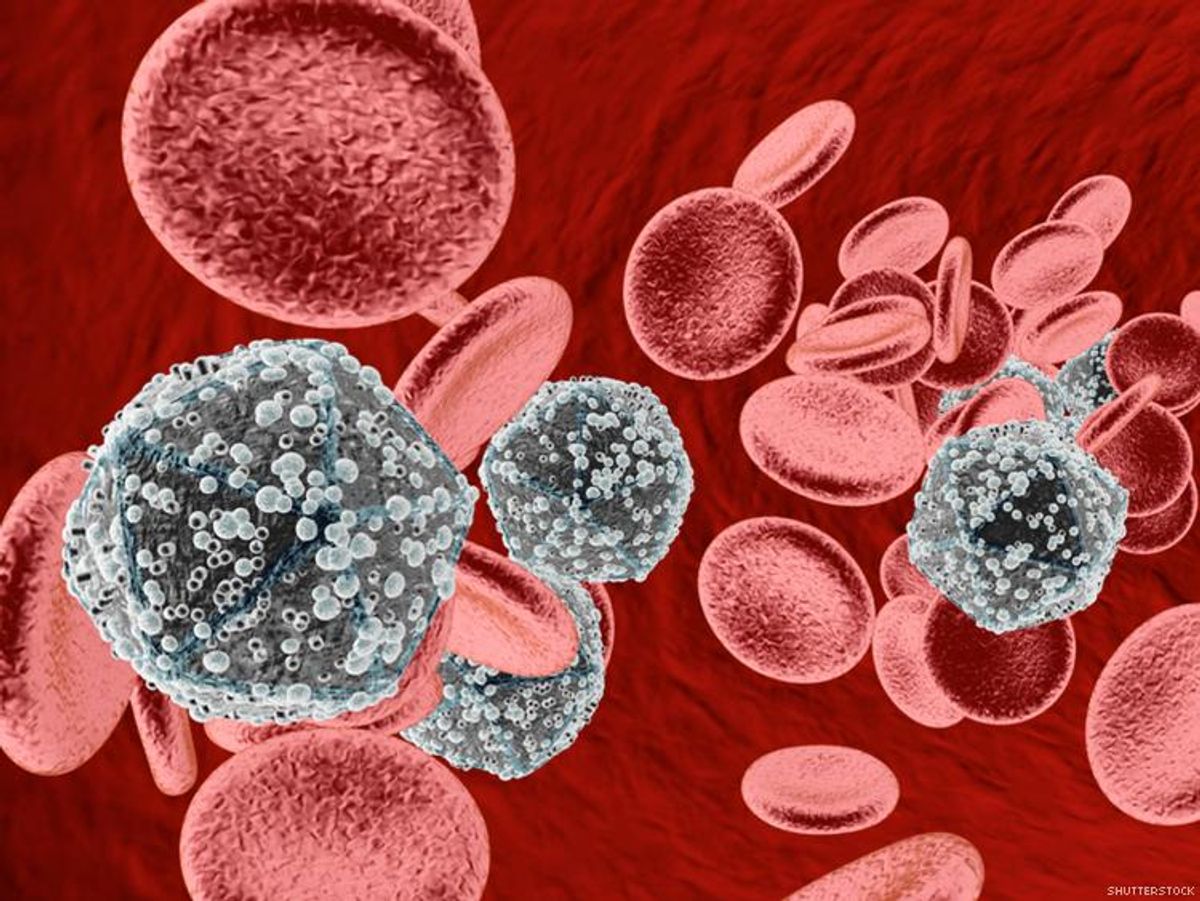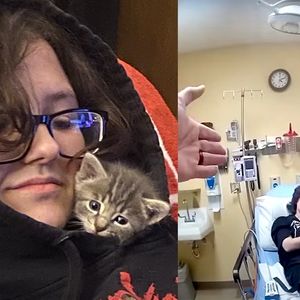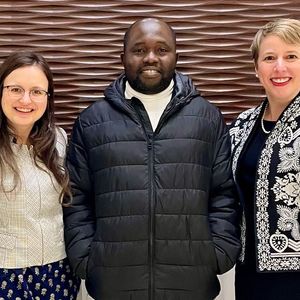New evidence coming out of John Hopkins and George Washington Universities suggest that defective forms of HIV are creating proteins that are interacting with our immune system, making it think we have more HIV in our bodies than we actually do.
The proteins that are released by defective HIV are monitored by specific T-cells called cytotoxic T-Cells. And while scientists previously thought defective HIV was harmless, research now suggests otherwise.
According to the study published in Cell Host and Microbe, while defective HIV proviruses cannot create functional (and by that we mean infectious) HIV once they’re defective, they create a specific subset called “hyper mutated” HIV proviruses, which then births new types of proteins.
From there, the cytotoxic T-cells mistakenly recognize these proteins as HIV, even though they’re simply a result of defective HIV proviruses. Our immune system then starts to think it’s becoming infected by more HIV cells than are actually present.
As a result of the confusion, it also makes things more complicated when doctors try to measure our viral loads, exhaust immune systems, or shield functional HIV from attack by natural means or drugs. It may also complicate the development of a cure for HIV, reports Medical News Today.
But lead study investigator and instructor of medicine at the John Hopkins University School of Medicine, Dr. Ya Chi Ho, still has hope.
"The virus has a lot of ways, even in its defective forms, to distract our immune systems, and understanding how they do this is essential in finding a cure," Ho said to MNT. "The fact that defective proviruses can contribute to viral RNA and protein production is concerning, because it means that the measurements of HIV load in infected patients may not be as accurate as we thought. Part of the count is coming from defective viruses.”
After doing additional studies, it was found that cells containing “hyper mutated” HIV can be recognized by an HIV-positive person's cytotoxic T-cells.
This makes Ho confident that new research might lead to a cure. That is, if researchers know where to look.
"If we identify and find a way to use the right protein, perhaps one of those expressed by the ‘hypermutated’ HIV we found in this study, we could create a potent vaccine which could boost the immune system enough to eliminate HIV altogether," said Ho. "The cytotoxic T lymphocytes' ability to identify and target the real threat appears to be greatly impaired, because they may attack proteins from defective proviruses instead of the real thing.”

















































































